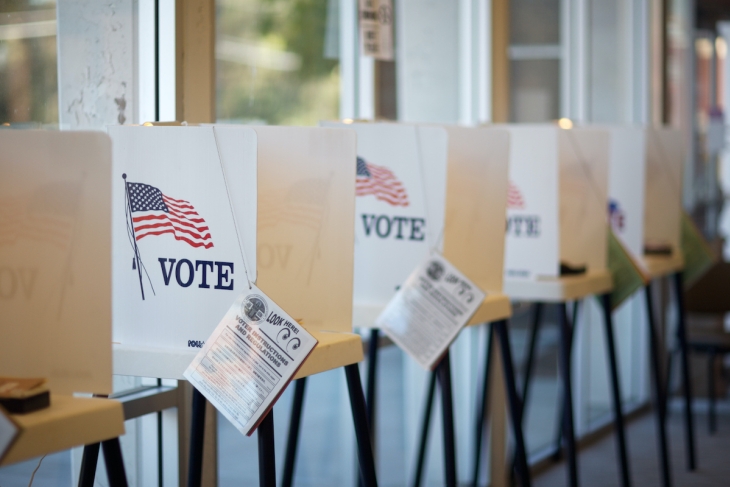Civics-education aficionados (and worriers) are generally acquainted with the 2018 issue brief from the Center on American Progress titled The State of Civics Education. It usefully summarized civics-education requirements and practices in the several states, highlighted a few worthy cases in point, and documented the parlous condition of civic learning in the U.S. at this point in our history.
Eighteen months later—December 14, 2019, to be exact—a different pair of CAP analysts uploaded a sort of update and extension of that brief, heavily focused on the “engagement” and “participation” elements of civic education and civic life, with an especially heavy emphasis on young people voting. (It’s hard to miss the connection to what CAP is hoping will happen in November 2020!)
The heavily-footnoted new paper, though short, makes several valuable contributions:
- It updates the data on state requirements in this realm. Thirty-nine states (and D.C.) require some sort of standalone civics course, and twenty states mandate some sort of civics exam for high school graduation.
- More originally, it stipulates five key elements of a “robust” civics curriculum and identifies how many of those are satisfied in every state. To my eye, the quintet, worthy as it is, is more like the beginning of a curricular skeleton than a robust body of knowledge, skills, and understandings, but that actually underscores how little is expected to be learned in this realm. (For what it’s worth, about half the states touch all five of CAP’s civics-ed bases.)
- We see that “community service” can earn graduation credit in twenty-three states, but that only Maryland and D.C. require it. (Which, in my view, may be just as well.)
- Only eleven states are seeing scores that average 3 or higher among kids who take the AP exam in American government—and that doesn’t correlate with how much civics education those states require (or how “robust” it is). Here, too, we find an example of the thinness of just about everything in the civics-ed space; as there’s nothing akin to a national assessment of civics other than NAEP, and as NAEP doesn’t provide state-level data on civics, the authors had to rely on AP exams, which aren’t representative of anything! (Of course, they opted not to reference the many states that are beginning to mandate the citizenship test.)
- The brief offers a new-to-me table showing voter participation (in 2018) in the eighteen- to twenty-four-year-old population—which ranged as high as 46.9 percent in Wisconsin and as low as 19.9 percent in Idaho.
Whereupon the authors launch into a series of earnest recommendations for boosting civic activism, civic participation—and, yes, voting—among young people, some of which I find credible and worthy, others not so much.
See for yourself. The wave of interest around the country in better civics education is commendable. But the line between “knowing” and “doing” is getting blurrier, and some of the latter is growing harder to distinguish from the political agendas of those encouraging it.
SOURCE: Ashley Jeffrey and Scott Sargrad, “Strengthening Democracy With a Modern Civics Education,” Center for American Progress (December 2019).




